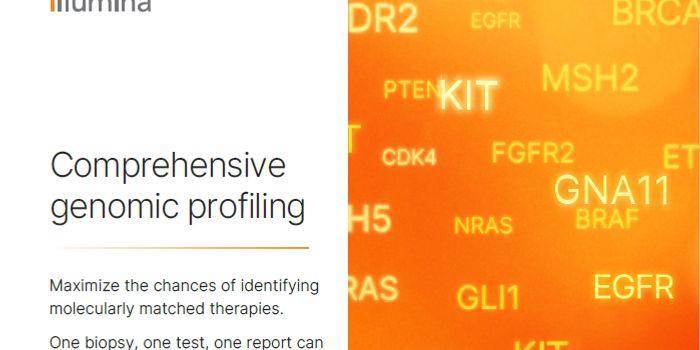How a Human Starch Gene and a Gut Bacterium are Connected
As researchers and clinicians learn more about small changes in genes, called variants, as well as the microbiome, the community of microbes that lives in and on our bodies, they are getting closer to creating personalized dietary recommendations. Now scientists have identified a connection between variations in the number of copies of a gene, AMY1, which codes for an enzyme called amylase, and certain bacteria in the gut and mouth. The amylase enzyme acts in the saliva to break down starches. When people have many copies of the AMY1 gene, they tended to have a certain gut and mouth bacteria profile.
If amylase levels (a salivary enzyme) are high in the intestines, it encourages the growth of a group of bacteria called Ruminococcaceae. These bacteria can help metabolize hard-to-digest resistant starches, which human amylases aren’t able to do. There are nutritional benefits to the break down of resistant starches. It may be that prehistoric humans with extra copies of the AMY1 gene may have been better off when food sources were limited.
"It likely provided additional nutrition from starch," explained Angela Poole, assistant professor in the Division of Nutritional Sciences. Poole is the lead author of a publication outlining these findings in Cell Host & Microbe.
The researchers also found that higher levels of Porphyromonas bacteria correlated with more copies of the AMY1 gene. These mouth bacteria have been associated with periodontitis (gum disease). However, that connection is still not well-understood, and it may only be coincidental.
Personalized nutrition is a new field, and researchers are still settling on exactly what it means. But there is plenty of evidence, including this work, that some people can benefit from a tailored diet. This research suggested that in some people, the number of copies of the AMY1 gene should be considered when dispensing health recommendations. Other research has connected certain genetic variants with obesity and other metabolic disorders, for example.
This work gathered genetic data and stool samples from almost 1,000 British volunteers, looking to see if the number of AMY1 gene copies impacted the microbiome. The researchers looked at a subset in their data; fifty people with high numbers of the gene, and fifty with low copy numbers, representing the top and bottom five percent of the cohort, respectively.
In the video, watch starch get broken down by amylase.
"High copy numbers correlated with a certain profile of gut bacteria," Poole noted.
Poole then turned to volunteers in New York and found between two and thirty copies of the gene in the participants. Stool samples were collected to identify the bacteria associated with the various copy numbers. The study volunteers then ate a standardized diet for two weeks.
"I wanted to make sure they were eating the same thing, and that they were eating starch," Poole said. The researchers took saliva and stool samples after the diet and showed that the volunteers’ gut bacteria confirmed their findings from the British study.
Learn more about personalized nutrition from the video above featuring Eran Segal, a computational biologist at the Weizmann Institute of Science.
Sources: AAAS/Eurekalert! Via Cornell University, Cell Host & Microbe









